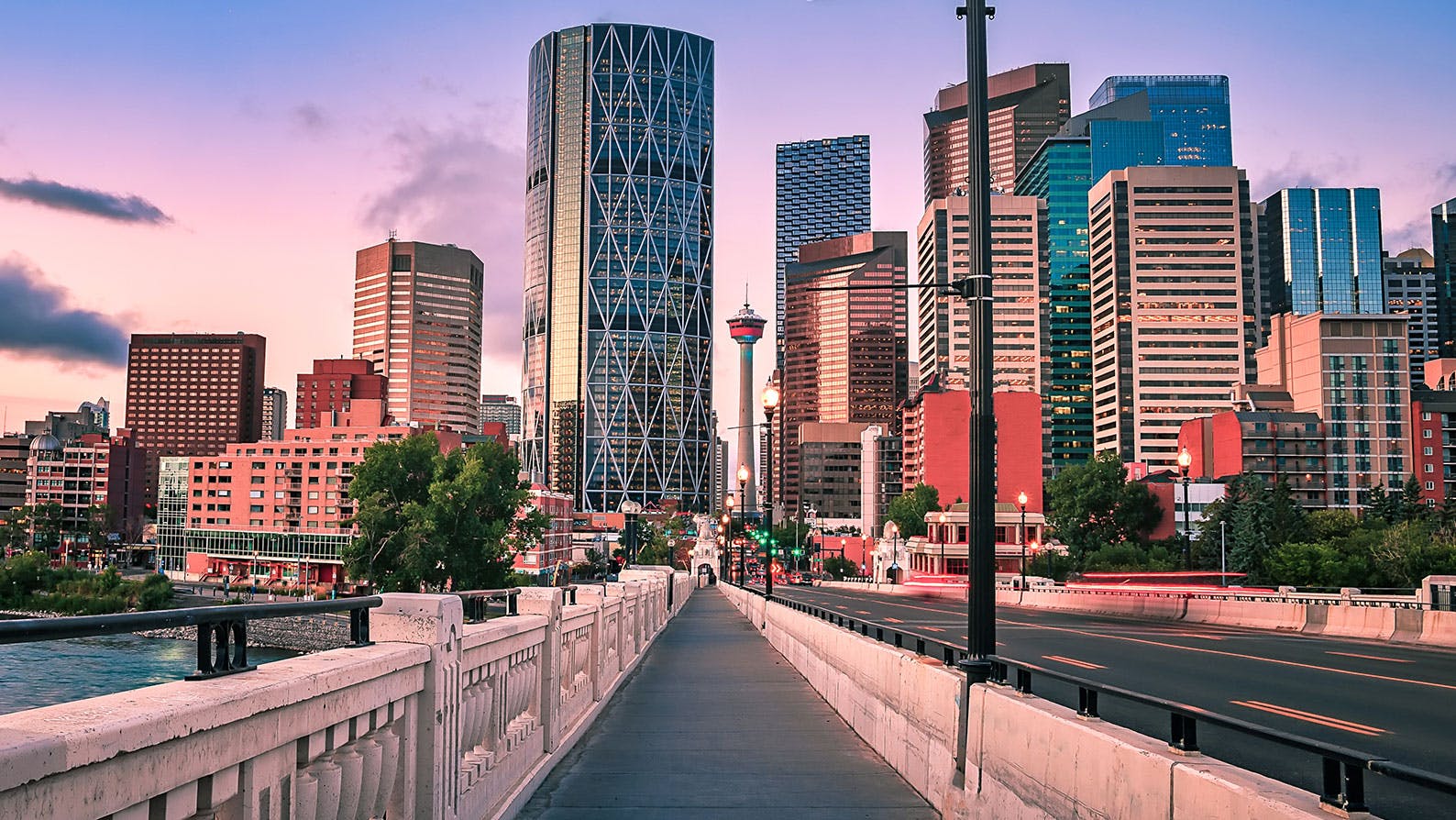As Calgarians head to the polls on October 18th to vote for the next mayor and city council, we will also be asked to vote on several important questions, including:
“Do you want Alberta to adopt year-round Daylight-Saving Time, which is summer hours, eliminating the need to change our clocks twice a year?”
We’re here to provide some insight into how this may impact you and our business community more broadly.
Right now, Albertans adjust their clocks forward by one hour in the spring thereby “losing an hour” and in the fall, “gaining an hour.” This practice originally began so we could make better use of daylight and conserve energy. Daylight saving is more common for countries farther away from the equator, where seasonal variations are more pronounced (i.e., the days are longer in the summer and shorter in the winter).
Some provinces have moved away from changing clocks twice a year due to the adverse health and mental health effects associated with disruptions to the body’s circadian rhythm, however many have decided to stay with the status quo. Those that have chosen not to change their clocks have had to decide between a year-round standard time or a year-round daylight-saving time.
Permanent daylight-saving time would mean the sun would rise and set an hour later in the winter – rising as late as 9:30am and setting at 5:30pm in Calgary on the winter solstice.
The impacts to health
Many health experts are opposed to permanent daylight-saving time, citing a host of negative health outcomes such as increased risk of cancer, heart attacks, sleep problems, obesity, and diabetes. These experts suggest your body should be getting more sunlight when waking up in the morning and less sunlight when getting ready for bed in the evening. However, because the clocks are an hour ahead with a permanent daylight-saving time, we’re exposed to more sunlight later in the evening, which can disrupt the sleep cycle and lead to other associated health and mental health effects.
Moreover, mental health is believed to take a toll when we don’t get enough sunlight in the mornings. Despite getting the same amount of sunlight in the day (if the sun rises an hour later, it also sets an hour later), researchers suggest getting sunlight early helps release a hormone in the brain called serotonin, which is responsible for boosting your mood and helping you feel calm and focused through the day.
However, there have also been some reported benefits of having increased daylight later in the evening, such as lower crime, increased consumer spending, and small increases in physical activity among kids.
The impact to business
Transportation
Currently, the shift back and forth from daylight saving time to standard time causes safety concerns for people working in the transportation sector, like truck drivers. The sector sees a 6.3% increase in fatalities in the first six days after a time change.
Logistics and Supply Chains
Not having alignment in time systems across jurisdictions can cause complications for airlines, railways, and other modes of cross country and international travel particularly for scheduling. These complications may trickle down to consumer supply chains, affecting several more industries.
Energy
Under permanent daylight-saving time, the sun wouldn’t rise until 10:00am in Fort McMurray during the winter solstice, and even later further north. With many oil sands operations in the far north, workers and families living in these areas wouldn’t see the sun until later in the day, which may negatively impact physical and mental health.
Professional Sports
A year-round daylight-saving time may result in changes to regular game times, impacting attendance and viewership. Sports teams have expressed opposition to doing away with daylight savings
Recreation
A permanent daylight saving could mean a change to our recreation patterns. For instance, ski hills are lit almost exclusively by the sun, and a permanent daylight-saving time may cause operational delays. In the depths of winter, we probably wouldn’t be able to start skiing until an hour later. Conversely, we’d have sunlight later into the day in the fall and winter which gives people the option to take part in recreational activities after work before it gets dark.
Finance
The markets are open 9:30am to 4:00pm EST, which means bankers in Calgary currently trade between 7:30am and 2:00pm. Under permanent daylight saving, we’d be just one hour behind EST for half the year, meaning our banking sector would operate 8:30am to 3:00pm MDT.
Restaurants and Retail
Darker mornings mean brighter evenings, and that might mean people are more likely to head out for dinner or to go shopping, rather than curling up on the couch right after work.
Agriculture
Farmers and ranchers are more likely to use the sun and seasons to determine their schedules rather than relying on changes to clock times. For example, if a cow is regularly milked at 5:00am everyday then it will cause discomfort for the cattle to start milking an hour earlier, just because clocks move forward by an hour.
Dive Deeper
Changing Alberta’s time standards permanently will have resounding implications for our communities and our businesses. Before you vote, we encourage all Calgarians to learn more about daylight saving time and the impacts of adopting it year-round. Here are some more resources:
Daylight Saving Time 101 | National Geographic
Is this the last time B.C. 'springs forward' to daylight saving time?
Daylight saving or standard time? Should we just stick with one or the other?
What to know about standard time and daylight saving time
The pros and cons of switching to permanent Daylight Saving Time





